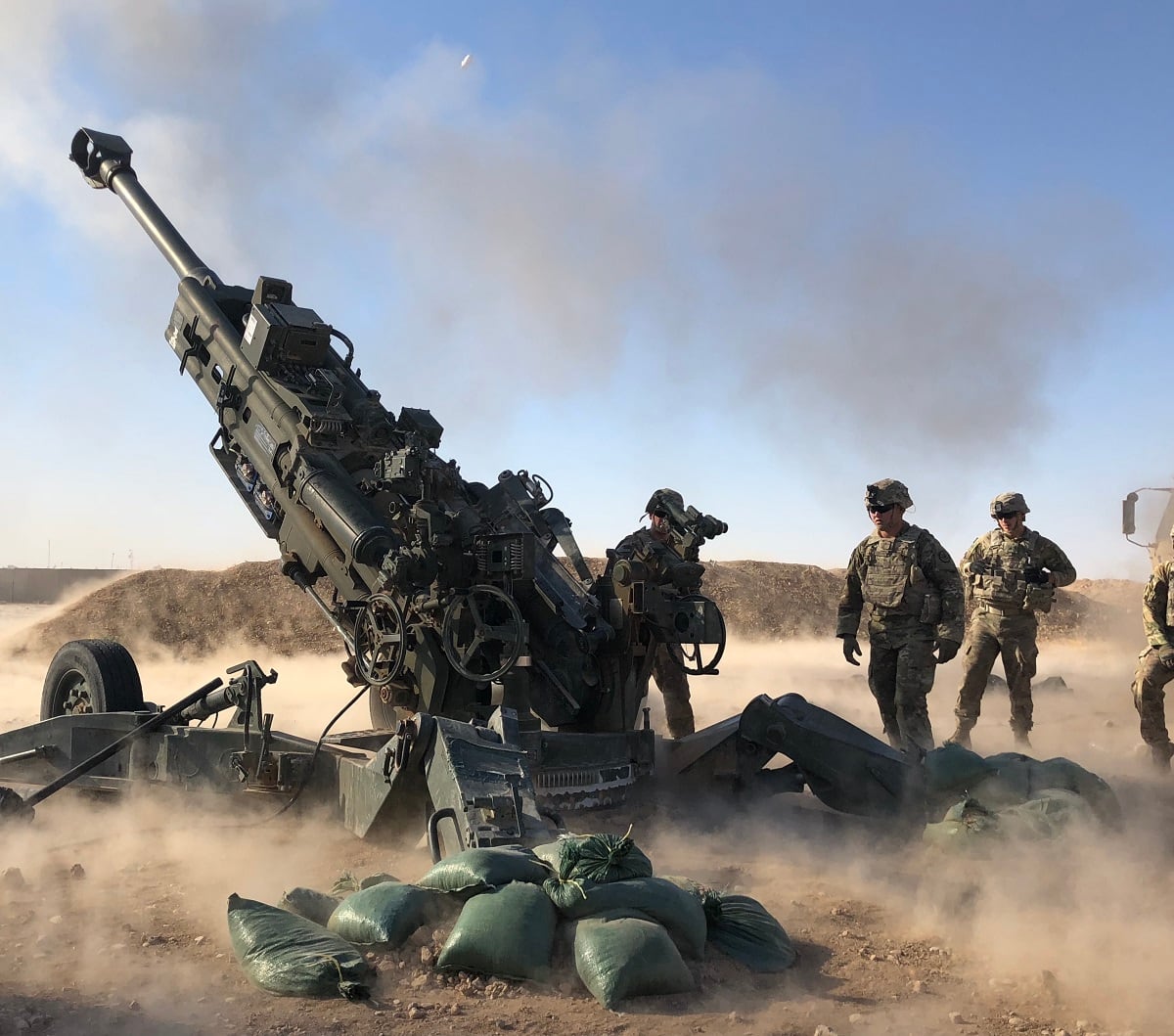FREDERICKSBURG, Virginia — The Army can’t simply rely on Cold War-era munitions stocks as even the age-old artillery shell and the humble small-arms ammunition are seeing major upgrades that weren’t possible just five years ago.
At this year’s National Defense Industrial Association Armament Systems Forum, Brig. Gen. Alfred Abramson, head of both the Picatinny Arsenal and newly renamed Joint Program Executive Office Armaments and Ammunition, formerly known as PEO Ammo, ticked off a list of projects his group is developing as it continues to maintain the munitions that are the lifeblood of combat.
A key piece of weaponry is the standby indirect fire munition, the 155mm. Developments in Precision Guidance Kits have given soldiers greater range and control, but more remains to be done.
RELATED

Abramson said that the Army is aiming to hit the 70km range, more than doubling what’s capable for the round now. So far the PGK works well to the 30km range but developers are still having problems with the kit out to the 70km range, he said.
But, that’s part of the development process and where work is being done.
At the same time, that round, about as low tech as an armament could get going back a century, now has vulnerabilities because of its precision.
The kit has to hit its target when and where the artillery wants it to. But now it must survive a jamming and spoofing environment.
“Something we didn’t have to think about five years ago,” he said. “We have to think about it today.”
And the platform that’s carried that round into battle, the M777 towed howitzer, is “not going to work for the future,” Abramson said. The answer to that problem hasn’t been totally solved yet.
The Army is looking at putting the 155mm on a mobile, wheeled platform.
Army Times reported in November on the first-ever fires of both a mobile 105mm and 155mm system. The BRUTUS is the 155mm and similar to the French CAESAR, in operation since the early 2000s. The 105mm system is called the Hawkeye and uses a Humvee made by AM General as the mobile platform for the howitzer.
Both were fired at the annual Maneuver Fires Integration Experiment at Fort Sill, Oklahoma, home of the Army’s artillery school and the Fires Center of Excellence.
The Army also has an armored mobile howitzer, known as the Paladin, which has seen major upgrades in recent years.
Abramson’s projects also include smaller items such as a one-way tracer that’s been under development for a few years. They work with “terrain shaping obstacles,” basically complex minefields that can be controlled by a person and moved as needed to present new threats in certain terrain.
As these new projects develop, the one-star said there’s been increases in both procurement and research and development across the ammunition spectrum.
Procurement funding rose from $2.2 billion to $2.5 billion but there was also an “uptick” in research and development monies. The total ammunition funding has risen from $3.25 billion to $4.5 billion between 2017 and 2020.
Last year alone, his group procured 908 million direct-fire rounds, 1.95 million indirect-fire rounds, 250,000 Air Force and Navy bombs, and demilitarized 49,000 tons of conventional ammunition and about 14,000 tons of missiles and missile components, some of which were in bunkers since the 1960s.
At the same time, Abramson said, more modernization is needed.
He pointed out that each of the explosives and munitions manufacturing plants are a “single point of failure” for producing ammo stocks. And nearly all were built in the World War II era or earlier and some of their manufacturing technology remains as dated.
For example, the Holston Army Ammunition Plant in Tennessee is the sole manufacturer that the U.S. government has to produce explosives.
“If it has explosives in it, it comes from here,” Abramson said.
The Radford AAP in Virginia makes all propellant. The Lake City AAP in Missouri manufactures all small calibers up to .50 caliber. The Scranton AAP in Pennsylvania makes artillery and mortar shells. The Iowa AAP produces all of the packaging to transport the rounds.
All are single points of failure. If they go down, there isn’t a ready replacement, he said.
Funding is going into modernizing some of the plants. Holston is expected to be completed within the next two to three years.
Todd South has written about crime, courts, government and the military for multiple publications since 2004 and was named a 2014 Pulitzer finalist for a co-written project on witness intimidation. Todd is a Marine veteran of the Iraq War.




